
Pearls have captivated jewelry lovers for centuries, but not all pearls are created equal. Here's a quick guide to understanding the differences between natural pearls, freshwater pearls, Akoya (saltwater) pearls, Baroque pearls, and fake pearls.
Natural Pearls
**Rarity and Value:**
- Formed naturally without human intervention.
- Extremely rare and highly valuable, often considered the pinnacle of pearl types.
- Typically found in the Persian Gulf, waters off Bahrain, and the coastal waters of India.
- Often irregular in shape with a deep, unique luster that comes from layers of nacre formed over many years.
Freshwater Pearls
**Variety and Affordability:**
- Cultured in freshwater lakes and rivers, primarily in China.
- Available in a wide range of shapes, sizes, and colors, including white, pink, and lavender.
- Generally more affordable than their saltwater counterparts, making them accessible to a broader audience.
- Often less lustrous but appreciated for their diverse and versatile appearance.
Akoya Pearls (Saltwater Pearls)
**Classic Elegance:**
- Cultured in the saltwater bodies of Japan and China.
- Known for their perfectly round shapes and high luster, making them ideal for classic jewelry pieces like strands and studs.
- Typically found in white or cream with rose or silver overtones, enhancing their traditional appeal.
- Highly valued for their consistent quality and mirror-like shine.
Baroque Pearls
**Unique and Artistic:**
- Can be either freshwater or saltwater, allowing for a broad spectrum of options.
- Known for their irregular, non-spherical shapes, each Baroque pearl is unique.
- Popular for their distinctive, individual appearance, often used in unique and artistic jewelry designs.
- Appreciated for their ability to create one-of-a-kind pieces that stand out.
Fake Pearls
- Man-made from materials such as glass, plastic, or shell.
- Coated with a pearlescent substance to mimic the appearance of real pearls.
- Typically have a uniform shape and size, but lack the depth, weight, and luster found in natural and cultured pearls.
Despite their beauty, not every pearl is genuine. Fortunately, there's a very straightforward technique to determine if a pearl is real or fake. Just gently bite the pearl, or if you have more than one, softly rub them together. If the surface feels gritty against your teeth, the pearl is genuine. In contrast, a fake pearl will feel smooth and produce no friction, indicating that it's likely made of plastic.

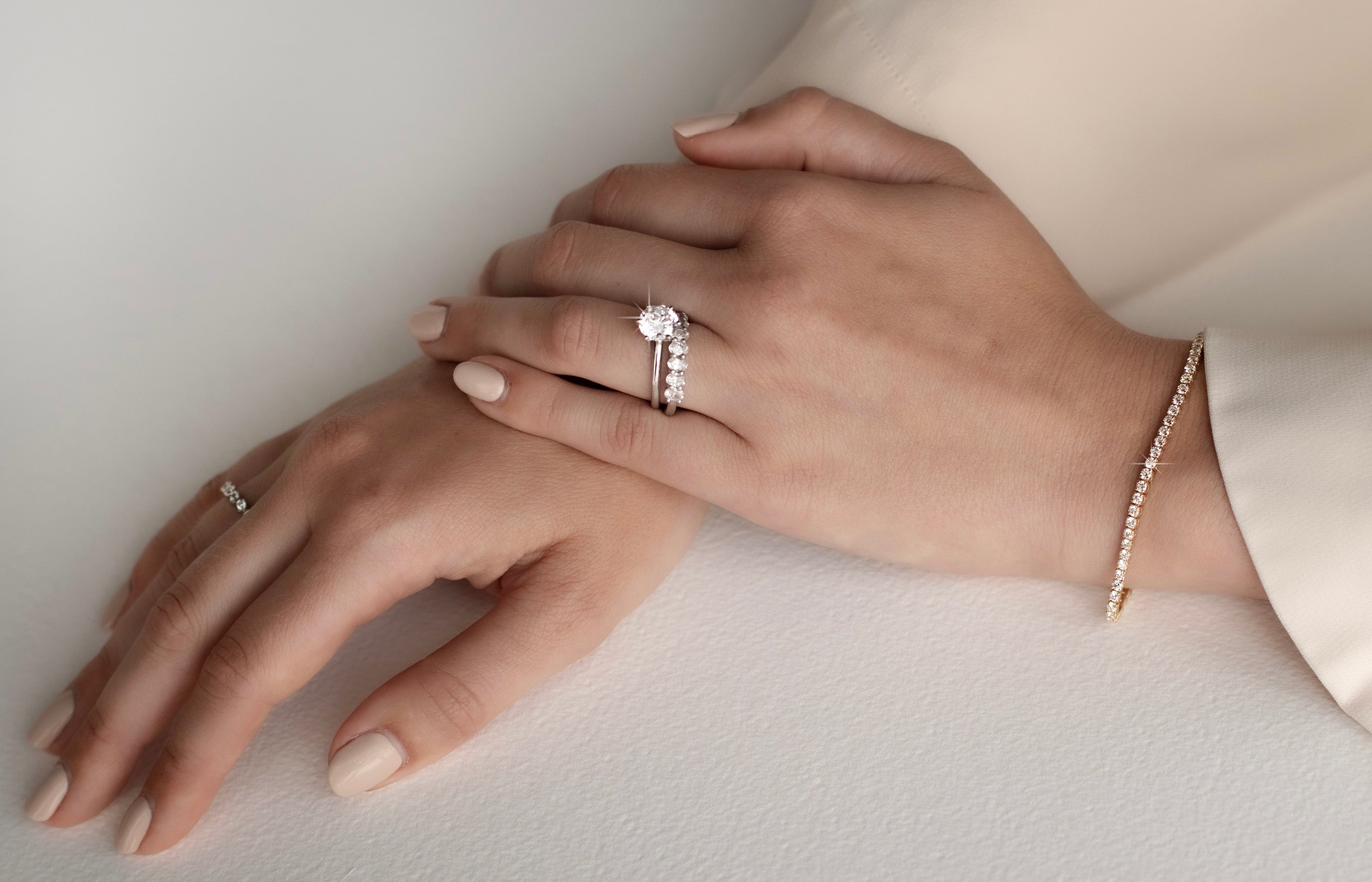

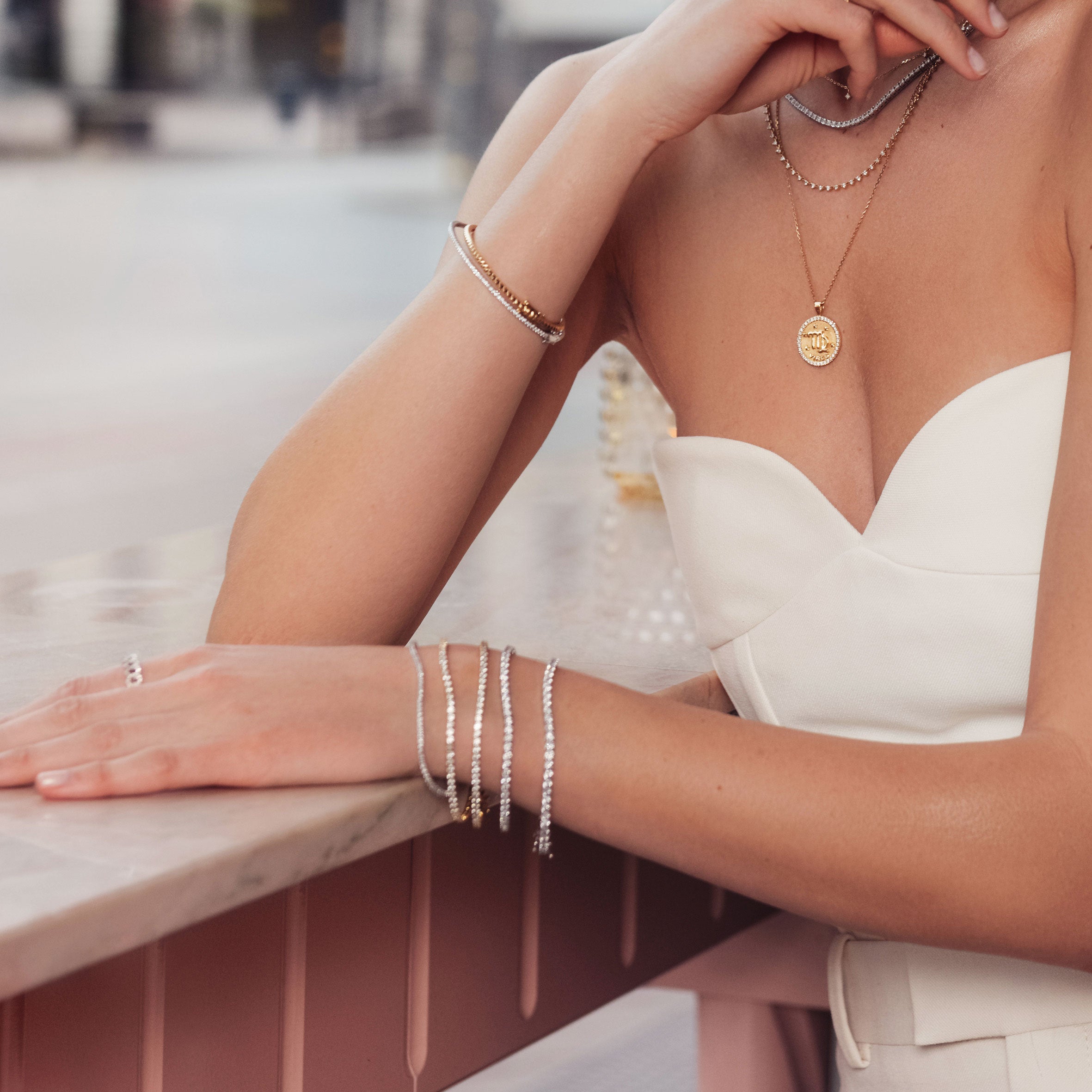

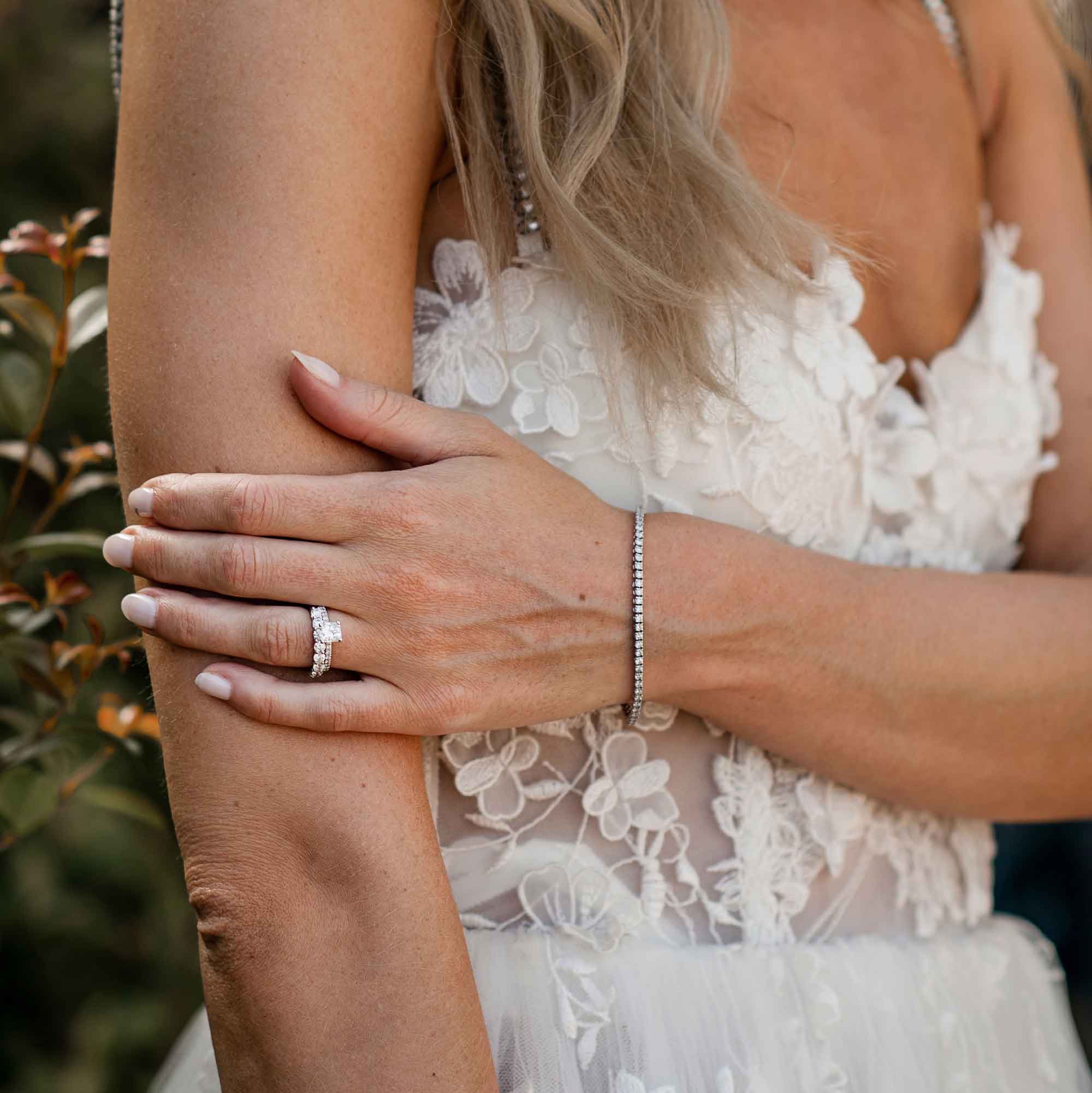

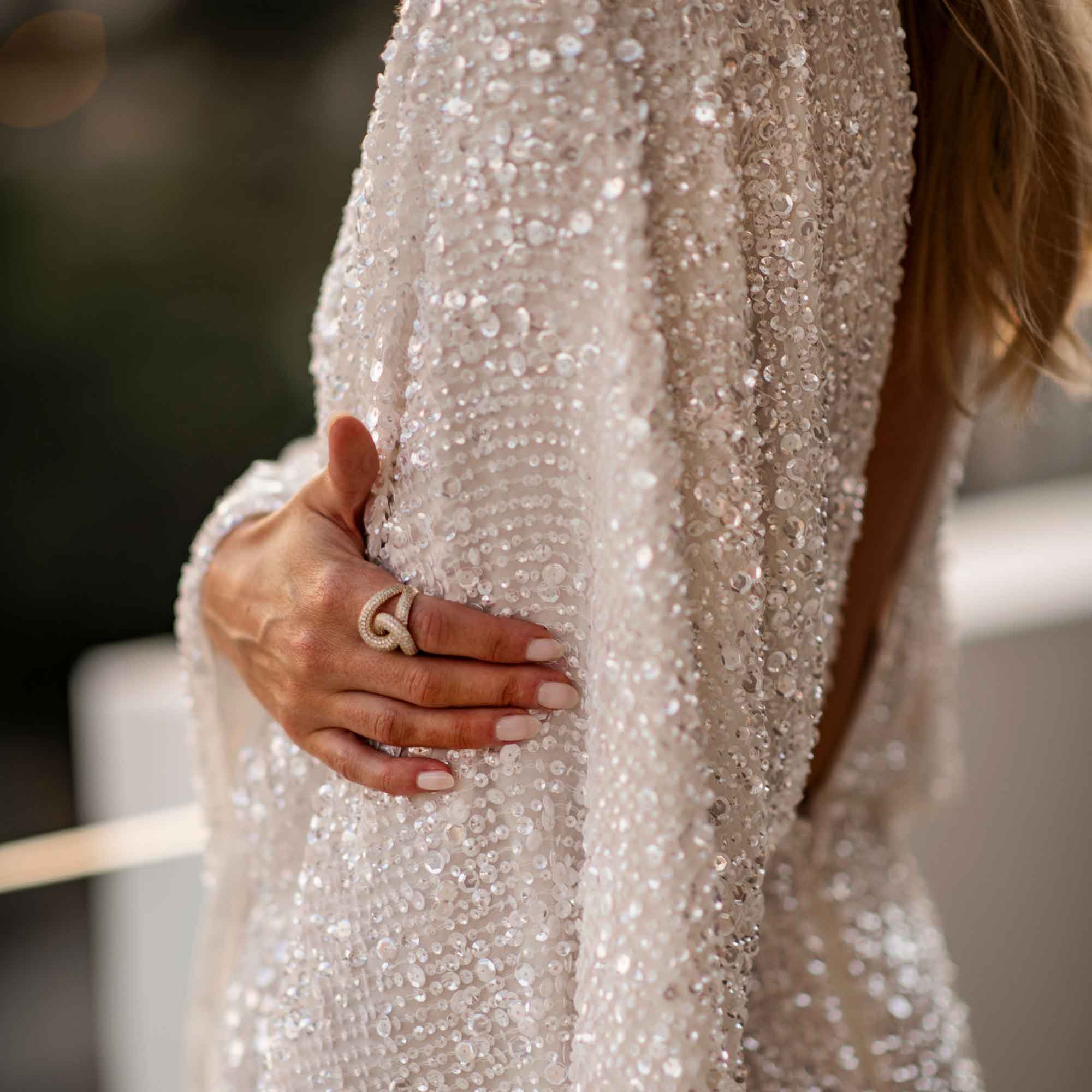


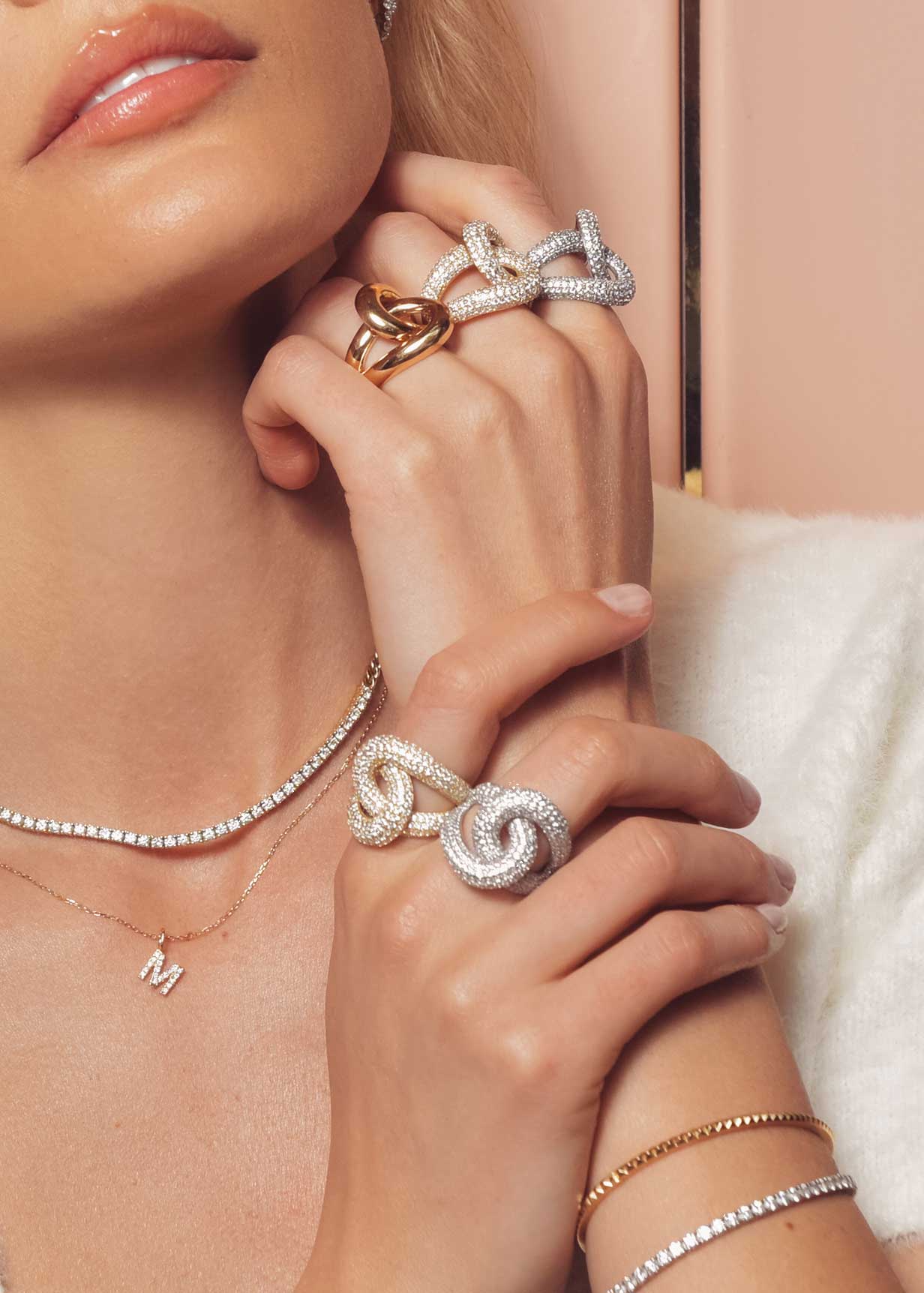

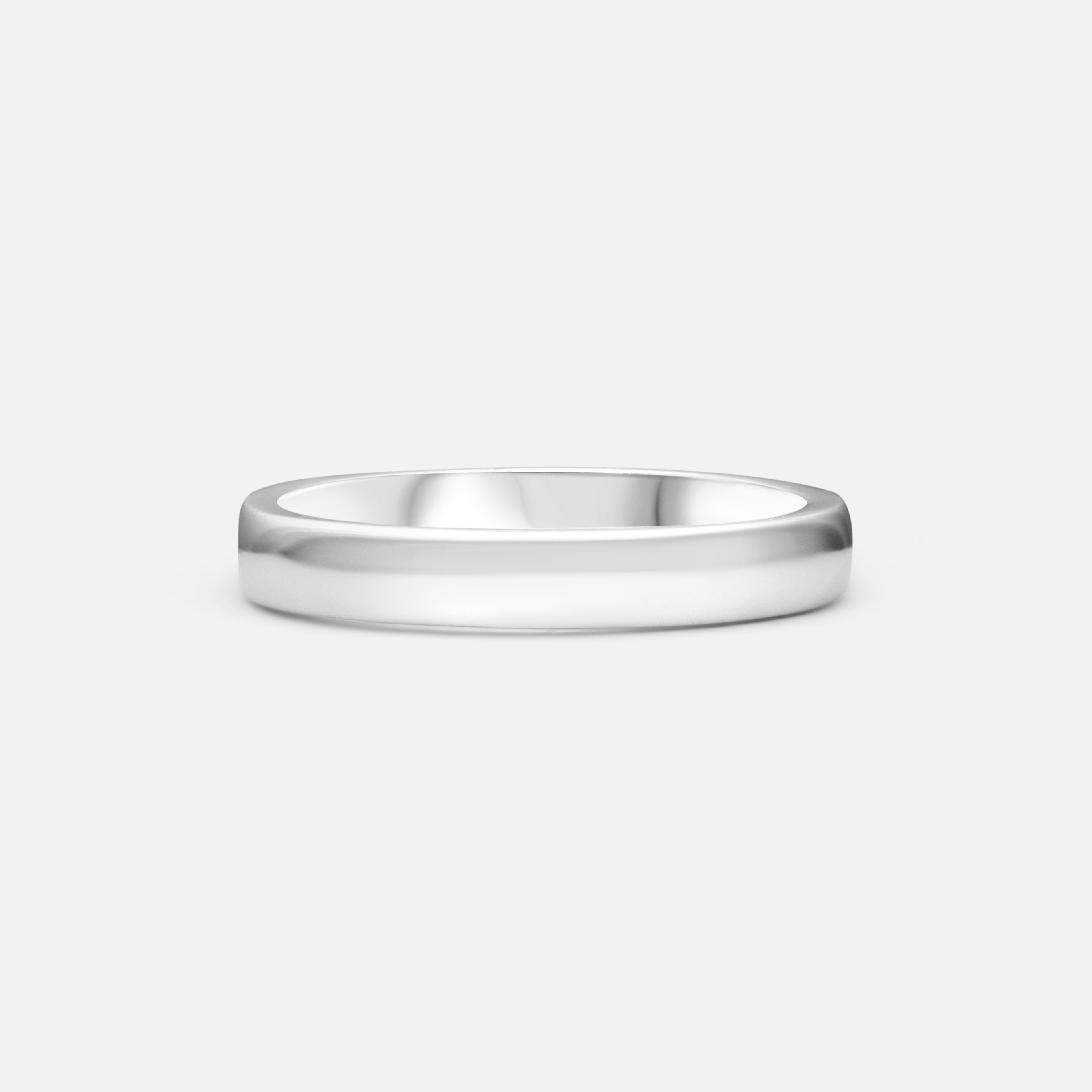
0 comments